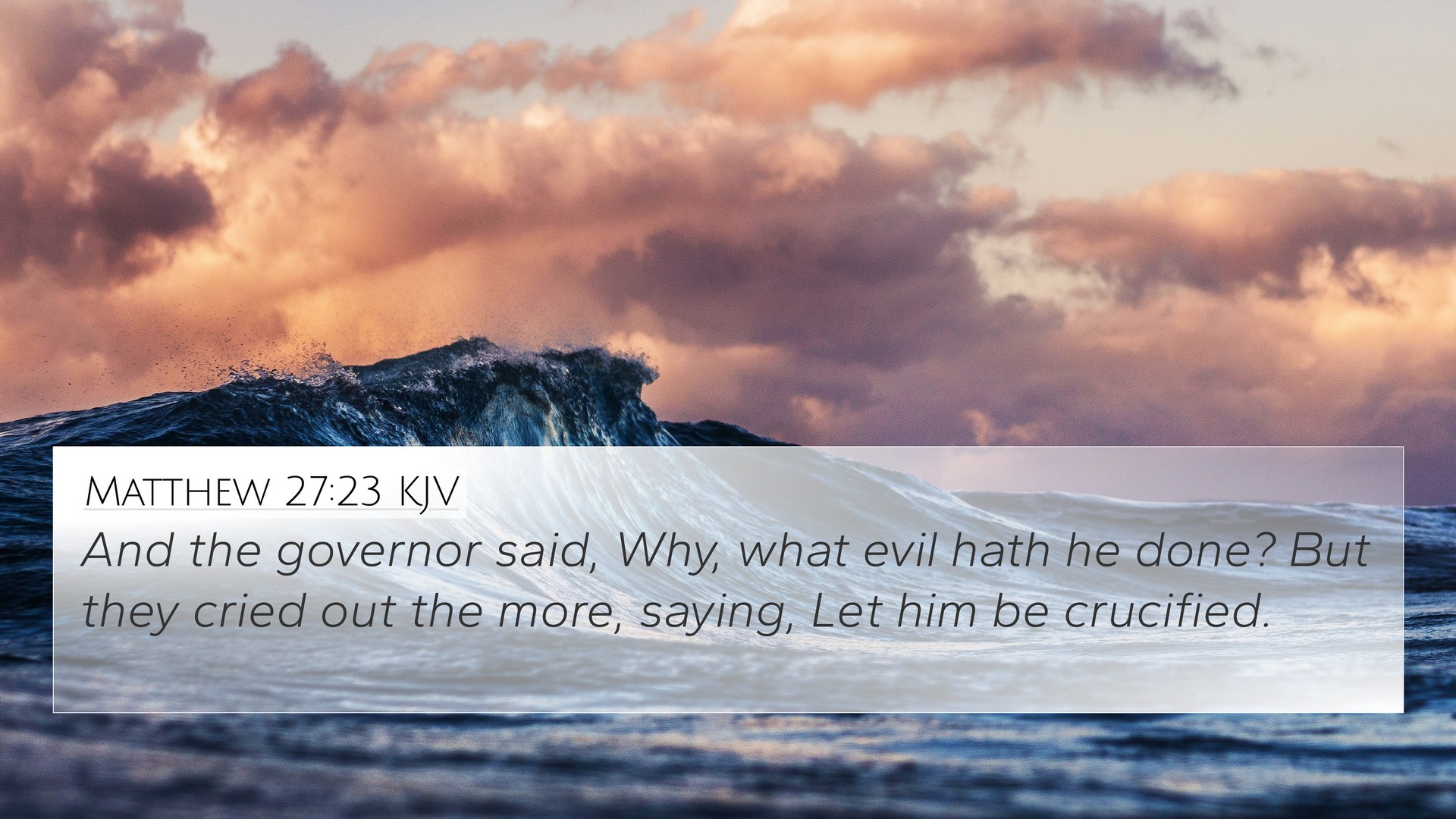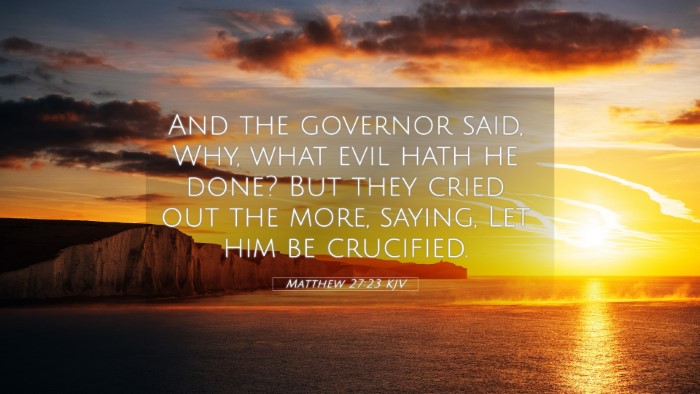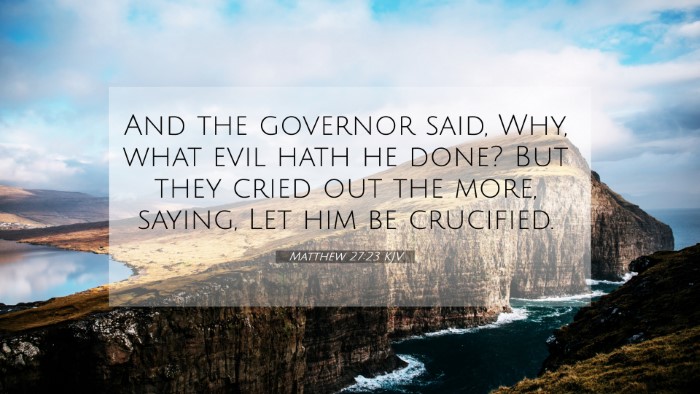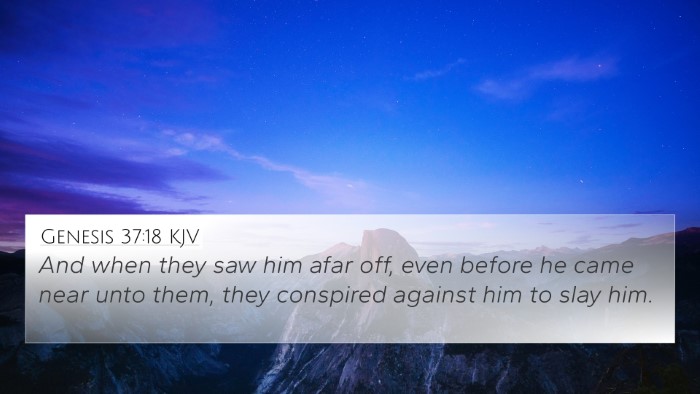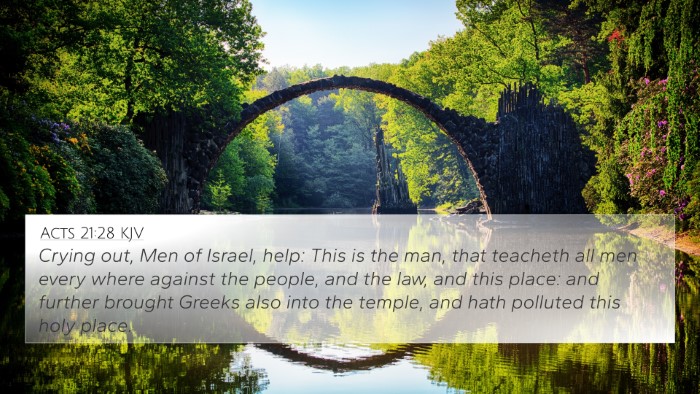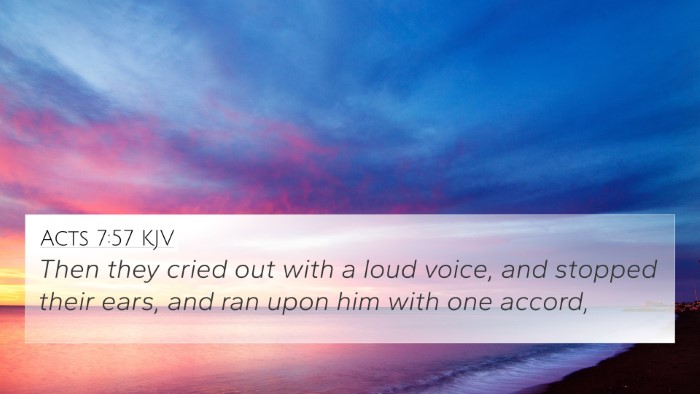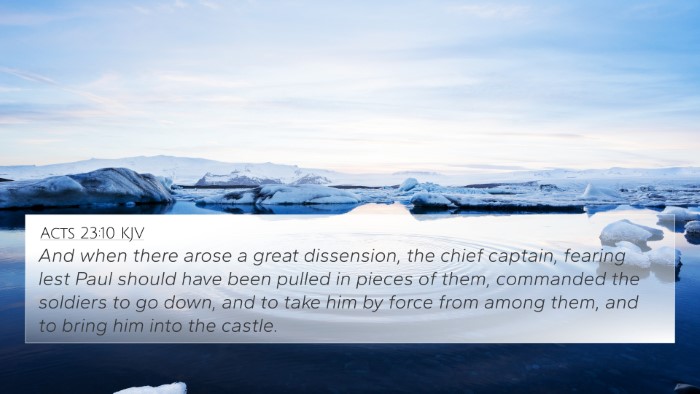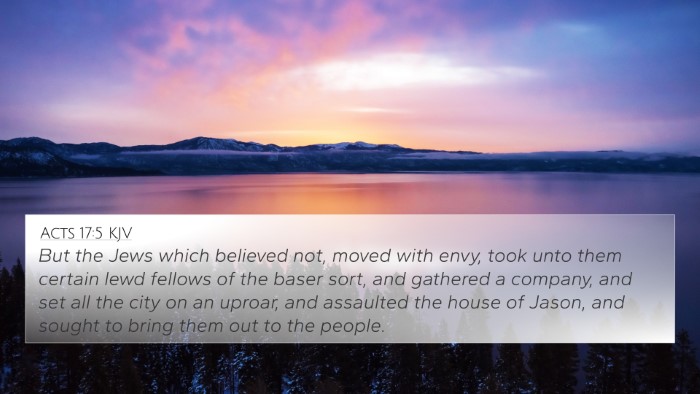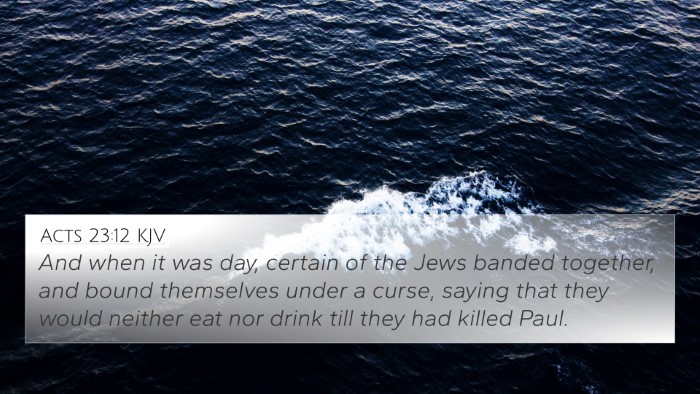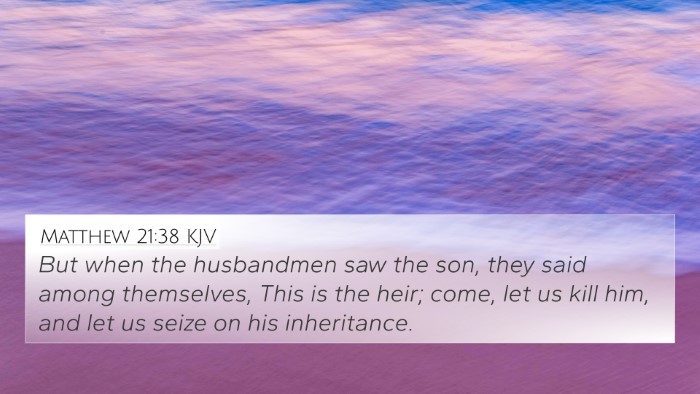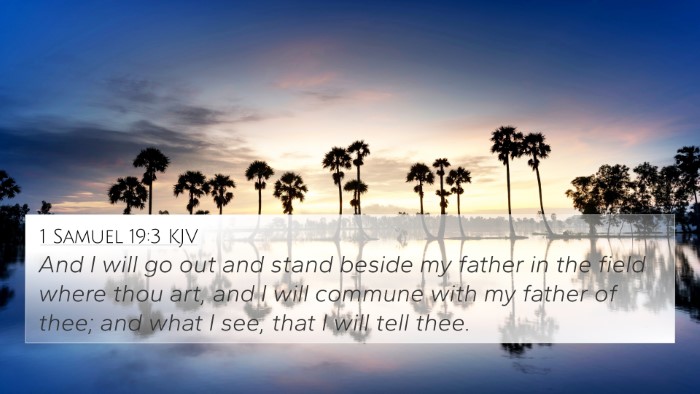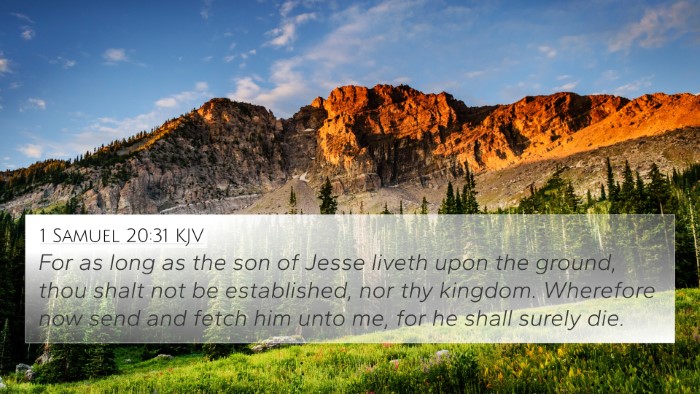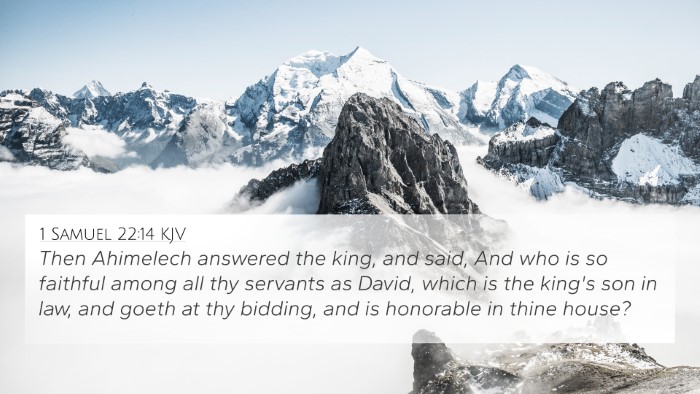Understanding Matthew 27:23
Matthew 27:23 presents a pivotal moment during Jesus Christ's trial before Pontius Pilate, highlighting the public's reaction to Him.
The verse states: "But the governor answered and said, 'Why? What evil has He done?' But they cried out all the more, saying, 'Let Him be crucified!'"
This verse emphasizes the intensity of the crowd's demand for crucifixion despite Pilate's inquiry about any wrongdoing on Jesus' part.
Commentary Insights
The following summaries draw from esteemed public domain commentaries to expand on the meaning of Matthew 27:23, exploring its theological significance and context.
-
Matthew Henry:
Matthew Henry highlights the unjust nature of the crowd's demand. Pilate represents the authority, showing a glimmer of impartiality by questioning the basis of their pleas.
This showcases how often truth is overshadowed by collective sentiment and mob mentality.
Henry also suggests that this moment illustrates the fulfillment of prophecy concerning Christ’s suffering and rejection.
-
Albert Barnes:
Barnes discusses Pilate's position as a Roman governor, stressing his reluctance to condemn Jesus without sufficient evidence.
The vehement insistence of the crowd reinforces the theme of innocence vs. condemnation, echoing the Old Testament ideals of justice and righteousness.
Every cry for crucifixion indicates a deeper theological truth—the rejection of the Messiah by His own people—thus linking historical events with prophesied outcomes.
-
Adam Clarke:
Clarke emphasizes the intensity of the crowd's demand and their unwillingness to listen to reason, which showcases human nature's propensity to follow the masses.
He also notes the significance of Pilate's question, which serves as a profound reflection on the truth of Christ’s mission.
Clarke connects this narrative to the wider scope of redemptive history, marking this scene as a critical juncture leading to the crucifixion and resurrection of Christ.
Cross-References to Matthew 27:23
This verse connects deeply with several other biblical texts, providing a broader understanding of its implications.
Below are key cross-references that echo similar themes or events:
- Isaiah 53:3 - "He is despised and rejected by men, A Man of sorrows and acquainted with grief." This prophecy foreshadows Jesus' rejection.
- John 18:38 - "Pilate said to Him, 'What is truth?'" This exchange reflects Pilate's struggle with moral ambiguity in the face of truth.
- Luke 23:22 - "Then he said to them the third time, 'Why? What evil has He done?'" This parallel highlights Pilate's repeated questioning of the accusations against Jesus.
- Acts 3:14-15 - "But you denied the Holy One and the Just, and asked for a murder to be granted to you." Peter reviews the crowd's rejection of Jesus in his sermon.
- Matthew 26:66 - "What do you think? They answered and said, 'He is deserving of death.'" This is part of the same trial narrative leading up to this moment.
- 1 Peter 2:23 - "Who, when He was reviled, did not revile in return; when He suffered, He did not threaten." This reflects Jesus' response to His accusers.
- Mark 15:14 - "Then Pilate said to them, 'Why? What evil has He done?' But they cried out all the more, 'Crucify Him!'" A reminder of the similarities in the Gospels.
Thematic Connections
Analyzing Matthew 27:23 allows for a deeper understanding of the overarching themes within Scripture such as justice, innocence, and societal pressures.
The narrative serves as a representation of how humanity often opts for a path defined by societal consensus rather than truthfulness or righteousness.
Linking Bible Scriptures: This instance of the crowd vehemently demanding Jesus' crucifixion can be juxtaposed with various scenarios found in the Bible where the righteous suffer due to public outcry, including:
-
Job's Story - The misjudgment by Job's friends exemplifies how society can wrongly accuse the innocent.
-
Daniel in the Lion's Den - The fury of King Darius led to Daniel's persecution due to the manipulation of public sentiment.
Tools for Cross-Referencing
To dive deeper into the study of Bible verse cross-references like Matthew 27:23, one may consider utilizing various resources:
- Bible concordance for identifying related verses.
- Bible cross-reference guides that help navigate thematic connections.
- Online platforms or software that specialize in cross-referencing biblical texts.
- Devotional materials that highlight inter-Biblical dialogues.
Conclusion
The study of Matthew 27:23, with its accompanying cross-references and thematic connections, enriches our understanding of the narrative surrounding Jesus' crucifixion.
Exploring connections between Bible verses reveals the intricate tapestry of divine revelation and human choices throughout biblical history.
As believers, understanding these connections enhances our spiritual growth and challenges us to reflect on our responses to truth and authority.
